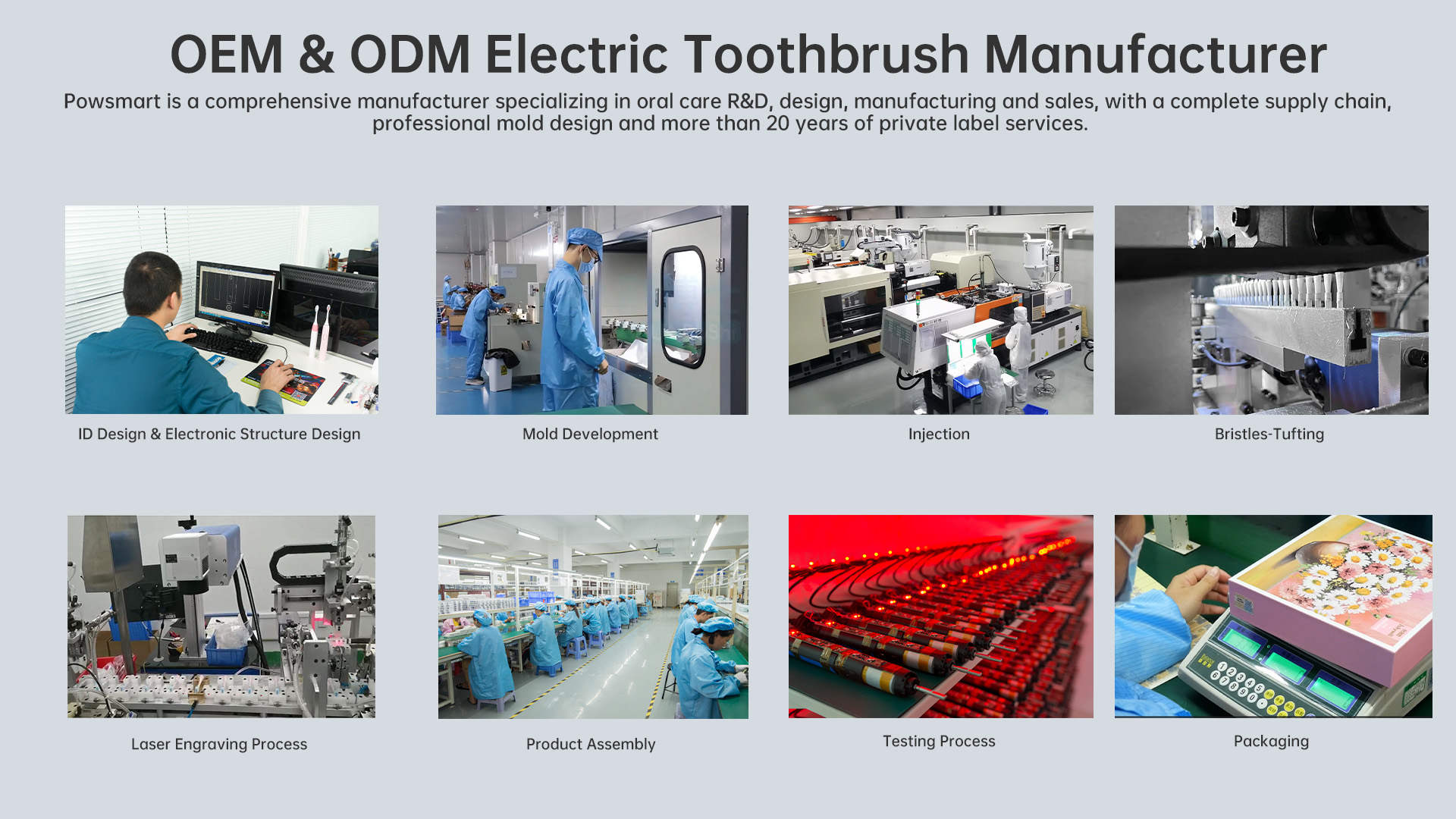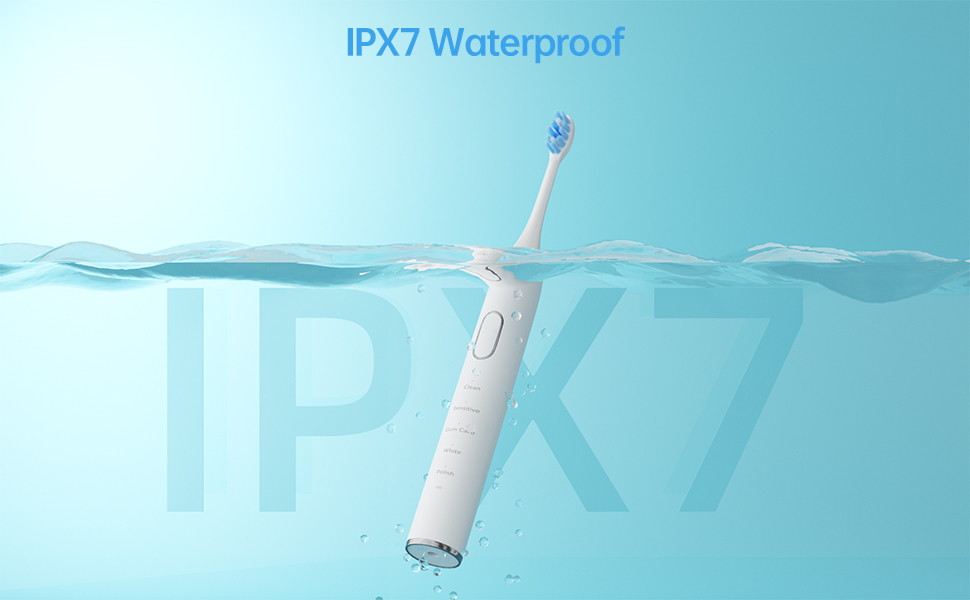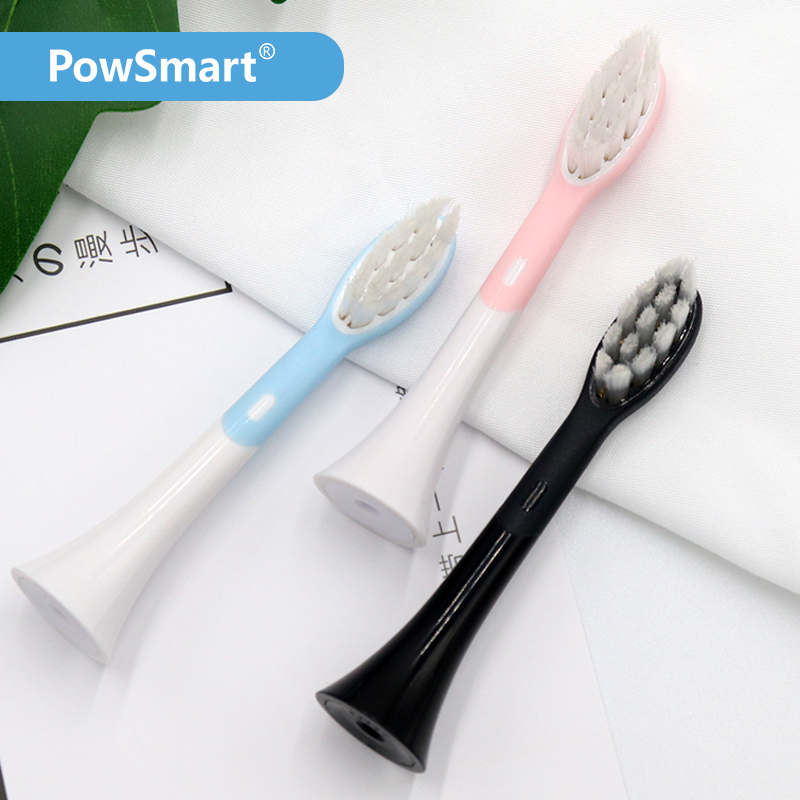In today’s competitive oral care device market, consumers demand powerful cleaning performance and smart functionality. Yet, hidden beneath these expectations lies a growing concern: gingival abrasion caused by mechanical overexposure, and saliva depletion induced by poor thermal or vibrational design. When these two issues occur simultaneously, the result can be a silent but progressive deterioration of oral health—one that often escapes early detection. For B2B manufacturers, failing to address these risks at the design stage could mean product recalls, customer dissatisfaction, or even reputational damage.
Gingival abrasion is most often caused by poor brush design and misaligned functional mechanics. Several technical aspects contribute to this issue:
To address this, preventive design must include soft-touch materials, ergonomic handling, and real-time feedback features that discourage aggressive brushing.
While saliva flow is primarily a physiological process, device design can subtly yet significantly interfere with its production. Consider the following:
Saliva plays a crucial role in lubrication, antibacterial defense, and tissue repair. Without adequate flow, even minor gingival abrasions can worsen and become chronic.
Many users do not recognize the onset of gingival abrasion or dry mouth until discomfort escalates. Often, this is because their device lacks risk detection or feedback mechanisms, such as:
This gap points to a critical flaw: while devices become “smarter,” they may be overlooking basic health safeguards.
To mitigate the combined risks of gingival abrasion and saliva depletion, device engineering must address the following:
Such refinements ensure safety without compromising cleaning performance.
Smart connectivity allows B2B device providers to empower end-users through data-driven prevention:
This elevates the device from a cleaning tool to a health-supporting companion.
B2B manufacturers can reposition their products with a new value proposition: gum-friendly, hydration-safe oral care. Suggested messaging for branding partners may include:
Such messaging resonates especially well in premium, aging, or health-conscious segments.
Gingival abrasion and saliva depletion may not cause immediate alarm, but together they pose a cumulative threat to oral wellness. For B2B manufacturers, addressing these “silent crisis” issues through thoughtful design, smart integration, and preventive messaging ensures long-term brand resilience. Innovation isn’t just about power—it’s about protection. Company web: https://www.powsmart.com/product/electric-toothbrush/
-300x300.jpg)
-300x300.jpg)

Electric Toothbrush Head Customization Solution and Range

OEM Customization Solution for Water Flossers: Engineering Parameters Such as Water Tank Capacity, Nozzle Type, and Pressure Setting
Does Reservoir mold in Water Flosser Tanks Block Spray Tips?
.jpg)
Developing an Electric Toothbrush Sourcing Strategy?
Hollow Motors Cause Compatibility Issues? Industry Secrets Exposed!

Can Travel Electric Toothbrush’s Waterproof Failure Cause Circuit Corrosion?
Electric Toothbrush with App Connectivity – Smart Oral Care for B2B Markets
Electric Toothbrush with Pressure Sensor – OEM Design & Wholesale Supply
Are Child safety Electric Toothbrushes Made from Materials?
Sustainable Electric Toothbrush for Businesses – Eco-Friendly Bulk & OEM Options
.jpg)
Travel-Friendly Water Flosser: From Foldable Nozzles to Globally Voltage-Compatible Solutions
Noise Complaints from Handle Corrosion? A Silent Threat Uncovered!

Is the Disinfection Stand for Electric Toothbrushes Useful? An OEM Analysis from the Factory
.jpg)
Real-Time Brushing Tracking: How Smart Toothbrushes Improve Oral Care
.jpg)
Is Sensitive Gum Electric Toothbrush Shedding Bristles?

Are Electric Toothbrush Heads Universal?

Private Label Whitening Gel

electric toothbrush heads Charcoal Infuse-Round

Electric toothbrush heads Charcoal Infused-Diamond

electric toothbrush heads Regular Clean

electric toothbrush heads Ultra Soft
.jpg)
Florida Electric Toothbrush – Powsmart PTR-C8

Customization Teeth Whitening Gel

electric toothbrush heads Deep Clean
whstapp
whstapp
National Toll-Free Service Hotline
+86 755 86238638